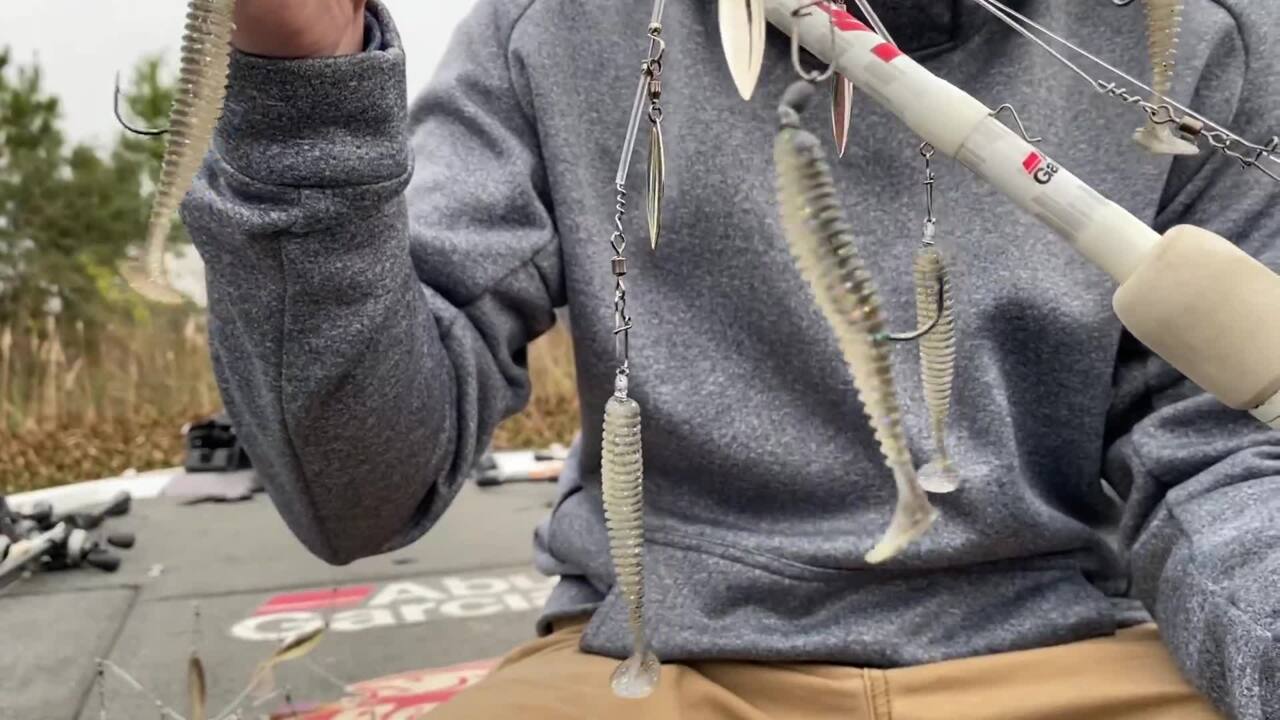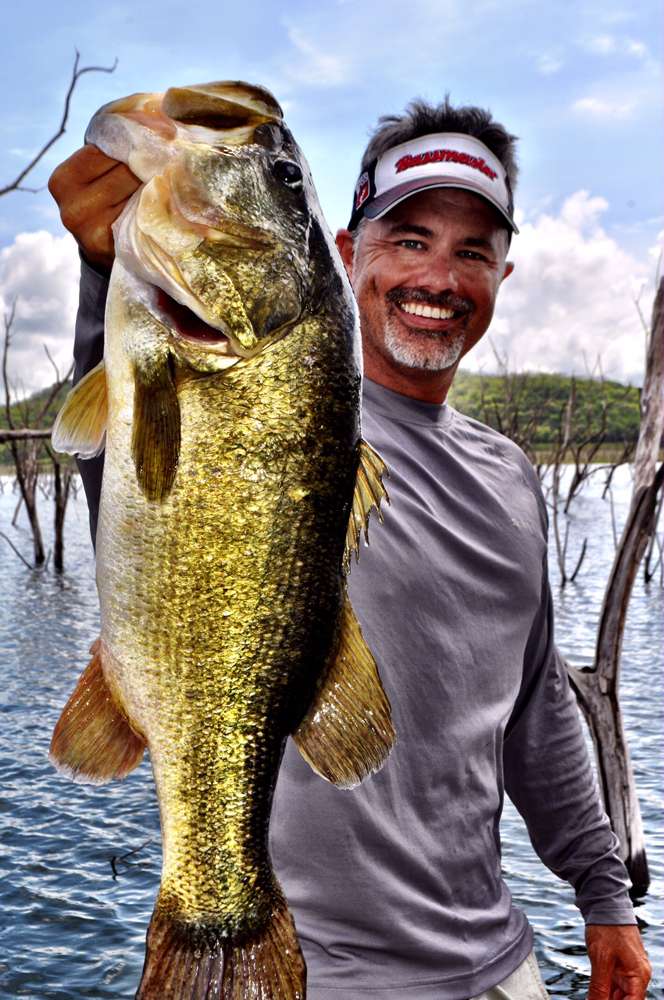
It’s hard to believe 2011 was over a decade ago. I understand the concept of addition, but when that particular math skill is used in concert with time, especially the older I get, it simply doesn’t add up. This realization slapped me in the face recently when I spent a day on the boat in Florida with Elite Series pro Shane LeHew. We were fun fishing with an umbrella rig. Now, that sentence seems to be an oxymoron, at least based on my history with heaving the multiarm contraptions.
“I haven’t thrown one of these in a few years,” I admitted to LeHew, “you know, back when these were the rage. My shoulder simply couldn’t take the abuse.”
“Dude, they were the rage, like, 10 years ago,” he said.
He was right, it had been a freaking decade. Paul Elias put the Alabama Rig on the map in 2011 when he won a major event on Lake Guntersville using a multilure setup. Within a year, scads of manufacturers were offering some sort of umbrella rig, and no matter what lake you fished on, you’d see anglers lofting the chandeliers skyward, the school of swimbaits crashing the water’s surface like a bucket of gravel being pitched overboard.
That changed in 2012. B.A.S.S. banned all multihook rigs from the Elite Series. To casual fans, the rigs looked to be less than sporting. To conservationists and purists alike, the A-Rig was an ugly means to an end. If one bass was hooked, it would often get hooked multiple times in other parts of its body with the remaining hooks swinging about during the fight. This would leave the fish unnecessarily injured. The ban extended further in 2014, when B.A.S.S. decided that these rigs could not be used in any competition that led to Classic qualification. Many other tournament organizations followed suit.
Although umbrella rigs are no longer allowed in major competitions, they are still a very effective means of catching fish. LeHew proved this to me in Florida.
“I have thrown everything in the boat at these offshore fish, and the only thing they will eat is this Blades of Glory [an umbrella rig made by his company, Shane’s Baits].”
Sold. I grabbed the rig and started casting to the school of fish apparent on his live, forward-facing sonar. The rig was supereasy to track on the live feed, and once it fell to the depth the bass were holding, I started to slowly reel. Three fish immediately started tracking my fake school and halfway back to the boat, one crushed it. A vicious strike. I reeled in the 3-pounder (no issues with secondary wounds) and made another cast. Again, I tracked the bait down to the school, which seemed to be fired up from the last bite. Three more bass tracked the rig and another bone-jarring strike. This time, I reeled in two 3-pounders.
“I told you they were biting it good,” LeHew said.
I was addicted to the bite. I threw that rig the rest of the day without a single complaint from my shoulder.
“Manufacturers have learned a lot since the first A-Rigs hit the scene,” LeHew said. “We now make them very light. It’s no different than slinging a big crankbait. We also realized that the size of the jighead makes a huge difference. I use a 1/16-ounce head and usually pair it with a 2.8-inch Berkley Power Swimmer. Because this whole setup is just a couple ounces, I’ll throw it on a flippin’ stick with 25-pound mono. It’s not like it was back in the day, when you had to have a specialized rod and a workout routine to just fish the A-Rig all day.”
After employing the umbrella rig with LeHew, I will certainly add it to my fishing arsenal again. It’s fun to throw. There, I said it. And it only took me a few years to realize.





